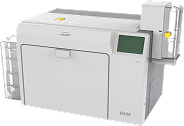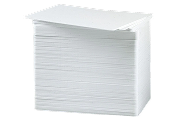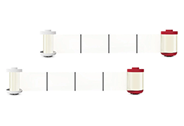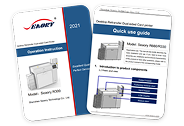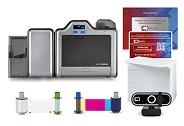Retransfer ID Card Printers: Advanced Technology for Superior Printing
Expert guidance. Transparent comparisons. Exceptional results.
Explore Printers
Why Choose Retransfer Printing?
Advanced Printing Process:
Images printed onto clear film, then thermally bonded onto cards.
Complete Edge-to-Edge Coverage:
No white borders or gaps.
Unmatched Image Quality:
Vibrant, sharp, photo-realistic prints.
Exceptional Durability:
Permanent, scratch-resistant cards.
Versatile Material Compatibility:
PVC, PET, ABS, polycarbonate, and smart cards.
Enhanced Security:
Detailed, high-resolution prints resist counterfeiting.
Retransfer vs. Direct-to-Card
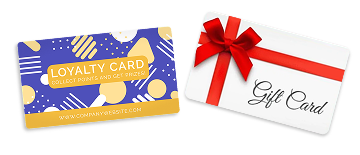

Retransfer Printing
Seaory R330/R660
- Edge-to-edge printing
- Sharp details, vibrant colors
- Durable and resistant to fading
- High-resolution print quality
- Extensive surface compatibility
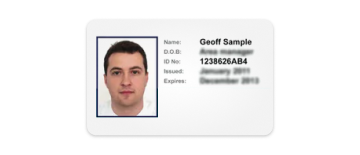

Direct-to-Card (DTC)
Other brands
- 1/16th millimeter white border
- Moderate image clarity
- Easily scratched
- Moderate print quality
- Limited surface compatibility

Seaory R330 Retransfer Printer
$3,999.00
see warranty details below
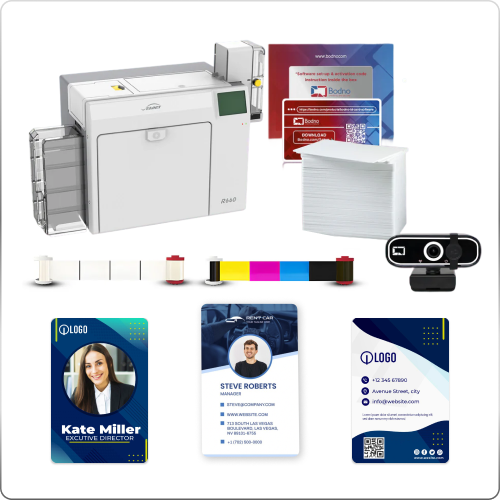
Seaory R660 Retransfer Printer
$4,999.00
All R330 features, plus:
see warranty details below
Seaory vs. Fargo Printers
Seaory: Trusted Worldwide
-
Durable metal chassis withstands intensive use
-
User-friendly touchscreen minimizes training
-
Lifetime software license saves long-term costs
-
Exceptional customer ratings (average 4.9 stars)
-
Included comprehensive 3-year warranty for ultimate peace of mind
"Our Seaory printer exceeded all expectations—reliable, high-quality, and excellent support."
IT Director Verified Customer
"Super great support team. Bryon walked me through the entire setup process. This is a great printer!"
IT Officer Verified Customer
"Byron has been a great help. every time he gets on the phone with me, I feel relieved and like I learned something."
GMIT Verified Customer
"Great support! Thanks again Byron! He helped set up my printer and making sure that everything is running smoothly together with the software."
IT Director Verified Customer
Select your ideal software
Bodno Software
Bronze Edition
Included- Easy card creation
- Drag-and-Drop Editor
Bodno Software
Silver Edition
Includes Bronze features
- Excel/CSV Import
- QR Code Support
Bodno Software
Gold Edition
Includes Silver features
- Advanced Database Connectivity
- Face Cropping
- 2D Barcodes
Bodno Software
Platinum Edition
Includes Gold features
- Smart card/RFID support
- ODBC database integration
Bodno Software
Diamond Edition
Includes Platinum features
- Network licensing for 16 PCs
Choose the Right Printer — Know the License
Each printer comes with either a one-time or a lifetime software license. The type depends on the model
Lifetime License Seaory
-
 Valid for the lifetime of the printer
Valid for the lifetime of the printer
-
 Unlimited support & updates
Unlimited support & updates
-
 No hidden fees
No hidden fees
One-Time Limited Fargo
-
 Limited license duration
Limited license duration
-
 Support & updates cost extra
Support & updates cost extra
-
 Additional long-term expenses
Additional long-term expenses
Real Customer Reviews

Sarah Jacobs,
K-12 School Administrator
“Bodno's ID printer has completely streamlined our process. We now print all student IDs in just minutes, which has saved us so much time during registration. It’s been a game-changer for our school.”

Tom Reynolds,
Healthcare IT Director
"Switching to Bodno has made ID card production easier than ever. The system works flawlessly with our hospital's software, and the speed has made our workflow so much more efficient. Highly recommend!"

Jessica Martinez,
Nonprofit Coordinator
"Running a nonprofit means we have to be cost-conscious, but Bodno provided great value with everything included in the box. The quality and speed of printing have helped us stay on top of our security and identification needs."

Kevin McCarthy,
Police Department Supervisor
"As a law enforcement agency, having reliable and secure ID cards is essential. Bodno's printer is fast, easy to use, and has eliminated the confusion we faced with other systems. It has improved our daily operations significantly."
Seaory’s Included 3-Year Comprehensive Warranty
Every Seaory printer purchase automatically includes our industry-leading 3-year comprehensive warranty—giving you ultimate protection and peace of mind at no additional cost.
-
Free 1-Day Shipping Both Ways
Easy and fast repair process
-
Fast Repair Turnaround
Average under 3 business days
-
Full Coverage
Complete parts replacement and labor
-
Bodno Loaner Coverage
Free loaner printer provided during repairs, keeping your business operational
FAQ
Retransfer printers deliver edge-to-edge coverage, sharper detail, and longer-lasting cards. They’re ideal for organizations that need professional-grade ID cards with high durability and security.
Seaory printers include premium features like a built-in card flattener, metal chassis, touchscreen interface, and a lifetime Bodno software license—all standard. Competing models often charge extra for these.
Yes—but for good reason. Retransfer printing uses a two-step process that produces higher-resolution, scratch-resistant cards. Seaory models still print fast: 19 seconds single-sided, 38 seconds dual-sided.
Retransfer printers apply the image to a film, then bond it to the card—avoiding direct contact with embedded chips, antennas, or textured surfaces. This prevents distortion, damage, and discoloration. On solid-color cards (like red or yellow), direct-to-card printers often reveal antenna outlines or chip placement as visible blemishes. Retransfer solves that.
Retransfer printers are ideal for government agencies, healthcare systems, law enforcement, universities, and any organization that needs secure, high-quality credentials that hold up over time.
Ready to Order Your Seaory Printer?
Retransfer technology ensures your cards feature rich colors, sharp details, and vibrant images that resist fading and scratching. Perfect for professional applications, it delivers vivid, durable prints with unmatched clarity and longevity.

-

Secure Checkout
-

Fast Shipping
-

Hassle-Free Returns













 Standard Blank PVC Cards
Standard Blank PVC Cards Mylar Adhesive-Backed Cards
Mylar Adhesive-Backed Cards  Proximity Cards (Nomativ)
Proximity Cards (Nomativ)  NTAG Cards
NTAG Cards  Software
Software Upgrades
Upgrades Bodno Trial
Bodno Trial Ben King
Ben King Benjamin Cohen
Benjamin Cohen Ciara Uychoco
Ciara Uychoco Eli Feig
Eli Feig Jack Richter
Jack Richter TotalCare
TotalCare Self Serve
Self Serve Printer Setup
Printer Setup License Status
License Status